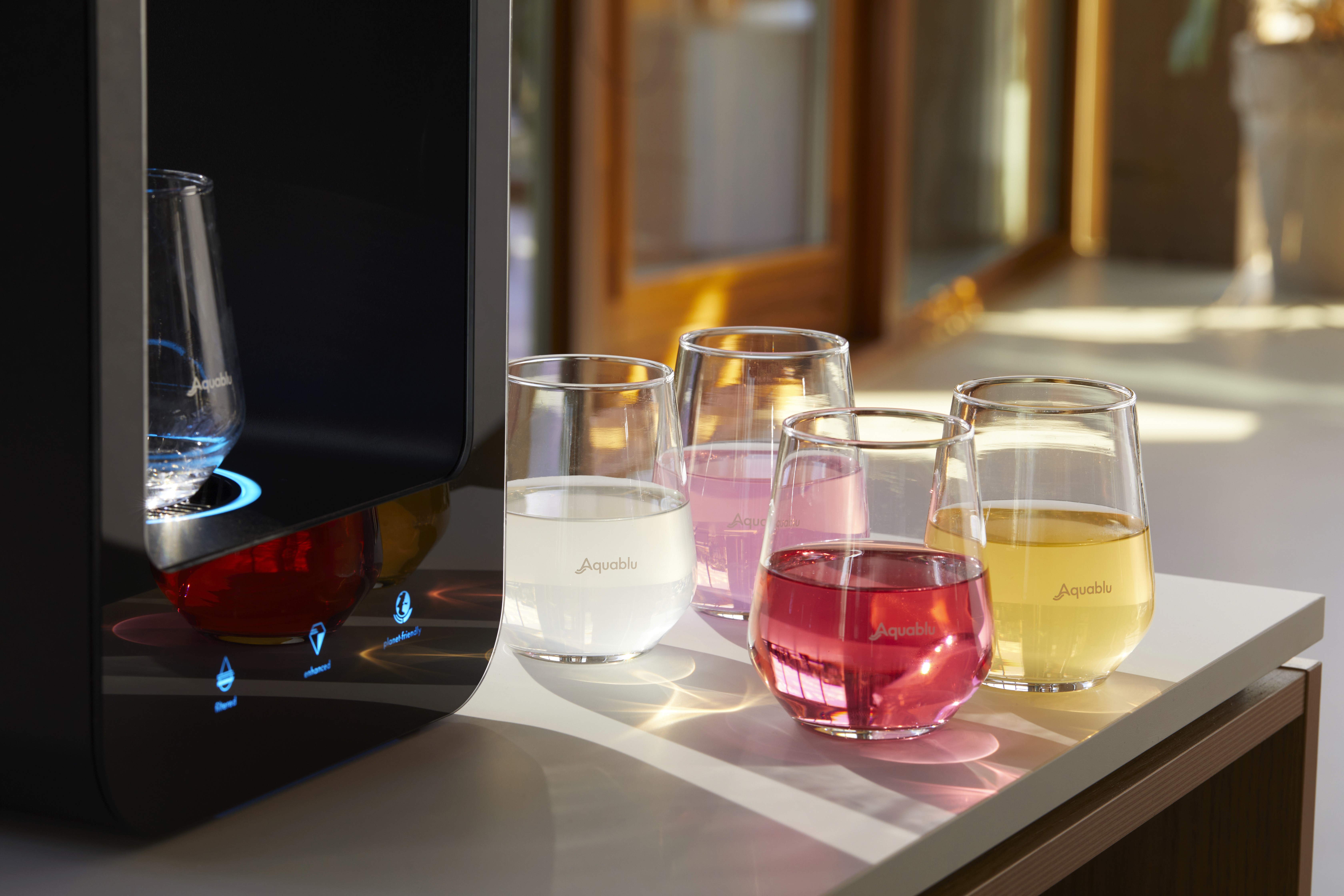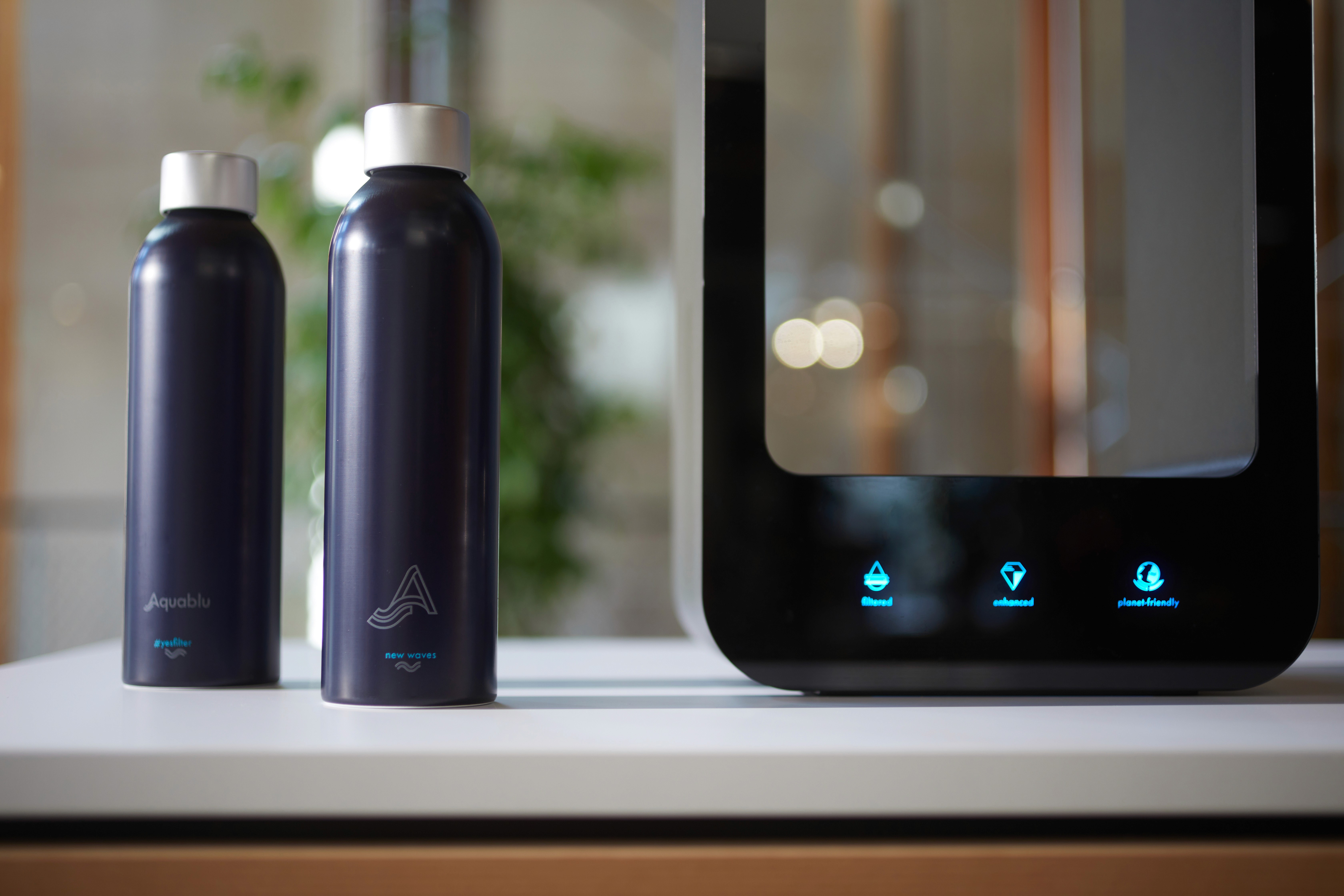It seems so natural: you turn on the tap to pour yourself a glass of refreshing water. Tap water that is also drinking water is a convenient luxury that we are used to in Europe and many parts of the wold. But even in the most developed countries, where the quality standards for drinking water are high and strictly regulated, your drinking water contains all kinds of substances you don’t really want to expose your body to. More importantly, the quality of the water from our tap is declining, as more and more often contaminations like PFAS are found everywhere around us in our environment, food and drinks.
WATER QUALITY IN THE NETHERLANDS
We are a Dutch company, so let’s take the Netherlands for example. The Netherlands is often seen as the country with some of the best drinking water from the tap in the world. And yes, it is true that the requirements for clean drinking water are very high here. Dutch tap water cannot be compared to tap water in France or Spain, which often has a strong taste of chlorine. However, some drinking water companies in the Netherlands also add chlorine to their water. Although chlorine kills viruses and bacteria in drinking water, chlorine is not something you want to consume to stay healthy. It also gives the water a chlorine taste, and that’s not particularly tasty. You probably experienced this taste when going on holiday to Italy, for example, where the water can contain more chlorine.
Now here’s the downside. The quality of our drinking water sources is at risk. 80% of the waste water is dumped directly into the environment. This happens in many ways. For example, when sewage is drained or water that is used for agriculture ends up in the soil. This means that all kinds of non-natural substances seep into our nature and natural water sources. From pesticides to medicine residues and from synthetic drug waste to microplastics: our rivers, seas, and reservoirs are polluted. And this trend is only increasing. A lot. This is because we use a lot more microplastics now then back in the day. And that can affect our health. Although standards in the Netherlands are high, the quality of our tap water cannot always be guaranteed. Especially not in the long run.
HOW CLEAN IS OUR DRINKING WATER?
The Dutch government has strict guidelines and rules to guarantee the quality of Dutch drinking water. For instance, the amount of certain substances (such as metals or residues) and organisms (such as viruses and bacteria) allowed in drinking water is laid down by law. But drinking water from the tap is not as clean as mineral water sold in plastic bottles. Furthermore, while the water may be clean when it leaves the central treatment plants, most contamination happens between those plants and your tap.
Tap water can (legally!) contain all kinds of substances and organisms that make that water a lot less pure. Examples are:
Lead in water
Bacteria in water
Microplastics
Hormones
Pesticides
Medicines
PFAS
TAP WATER VERSUS BOTTLED WATER: WHAT IS BETTER?
Because tap water may contain more contaminants than you would expect, you may be inclined to turn to bottled water. This is often seen as a more pure alternative to drinking water from the tap.
Unfortunately, bottled water has a huge drawback: the enormous negative impact of the plastic bottle industry on the environment. For example, if we do not change our plastic usage, there will soon be more plastic than fish in our seas.
When you think about it, it is absurd how much time, money, and carbon dioxide emissions one plastic bottle of drinking water involves. Not only does the mineral water have to be purified, the plastic bottle has to be produced, filled, and then transported to the rest of the world. That is an incredibly long process, while you consume that bottle of water within a day. Here, you read more about the real price of a plastic water bottle when you take all the factors into account.
The costs for bottled water are astounding when you think of how much you’re paying for production and distribution compared to the water itself. Let’s say the average plastic bottle costs €1,29. If you breakdown the costs, only €0,00001 is for the actual water. The rest is all necessary for plastic production and transportation.
If you want to help the environment, tap water is the more eco-friendly option. Especially in Europe, where the water quality from the tap is sufficient in general. But if you want to do something good for your health or you’re especially susceptible for diseases, bottled water may be a better choice for you. But it is definitely not better for the environment.
Everyone should have access to clean and affordable drinking water without damaging the planet or having to compromise. This is where we come in. Our water systems deliver crispy fresh purified water, straight from your tap.
Why not use an eco-friendly water dispenser?
It is a lot cleaner for the environment to utilize our Aquablu water REFILL+: a smart water dispenser that not only purifies water, it also enhances it, converting it to FUNCTIONAL water. This functional water has extra vitamins and minerals that fit the need-state of the user. This patent-pending innovation is completely new and changes the way we consume water.
by
Marc van Zuylen
/


